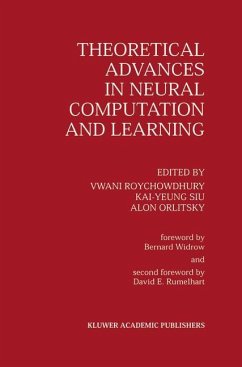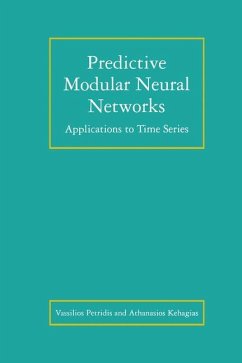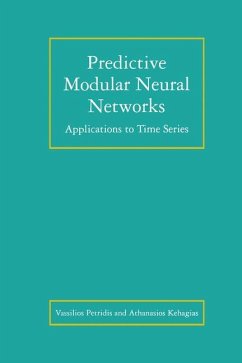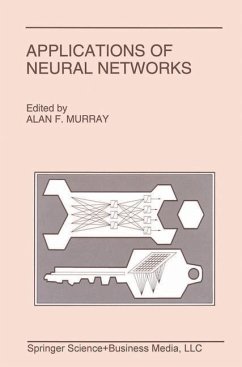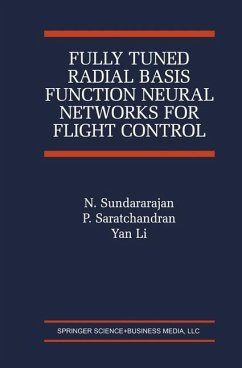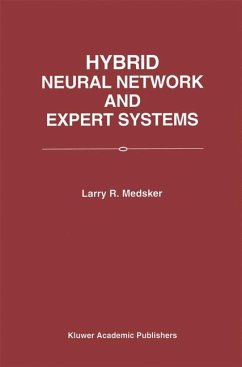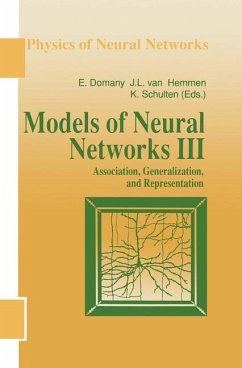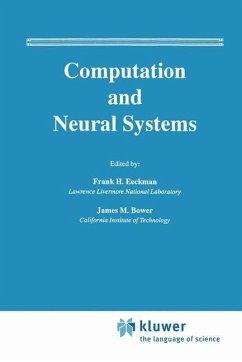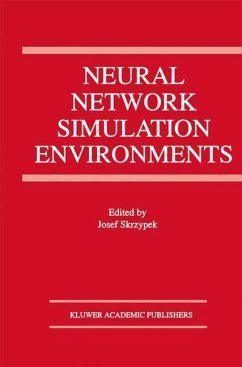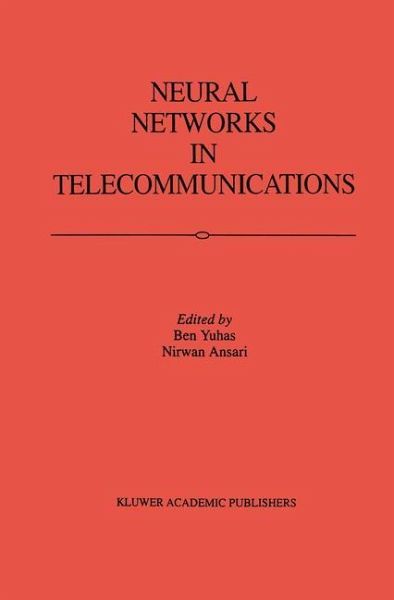
Neural Networks in Telecommunications
Versandkostenfrei!
Versandfertig in 1-2 Wochen
229,99 €
inkl. MwSt.

PAYBACK Punkte
115 °P sammeln!
Neural Networks in Telecommunications consists of a carefully edited collection of chapters that provides an overview of a wide range of telecommunications tasks being addressed with neural networks. These tasks range from the design and control of the underlying transport network to the filtering, interpretation and manipulation of the transported media. The chapters focus on specific applications, describe specific solutions and demonstrate the benefits that neural networks can provide. By doing this, the authors demonstrate that neural networks should be another tool in the telecommunicatio...
Neural Networks in Telecommunications consists of a carefully edited collection of chapters that provides an overview of a wide range of telecommunications tasks being addressed with neural networks. These tasks range from the design and control of the underlying transport network to the filtering, interpretation and manipulation of the transported media. The chapters focus on specific applications, describe specific solutions and demonstrate the benefits that neural networks can provide. By doing this, the authors demonstrate that neural networks should be another tool in the telecommunications engineer's toolbox.
Neural networks offer the computational power of nonlinear techniques, while providing a natural path to efficient massively-parallel hardware implementations. In addition, the ability of neural networks to learn allows them to be used on problems where straightforward heuristic or rule-based solutions do not exist. Together these capabilities mean that neural networks offer unique solutions to problems in telecommunications.
For engineers and managers in telecommunications, Neural Networks in Telecommunications provides a single point of access to the work being done by leading researchers in this field, and furnishes an in-depth description of neural network applications.
Neural networks offer the computational power of nonlinear techniques, while providing a natural path to efficient massively-parallel hardware implementations. In addition, the ability of neural networks to learn allows them to be used on problems where straightforward heuristic or rule-based solutions do not exist. Together these capabilities mean that neural networks offer unique solutions to problems in telecommunications.
For engineers and managers in telecommunications, Neural Networks in Telecommunications provides a single point of access to the work being done by leading researchers in this field, and furnishes an in-depth description of neural network applications.






